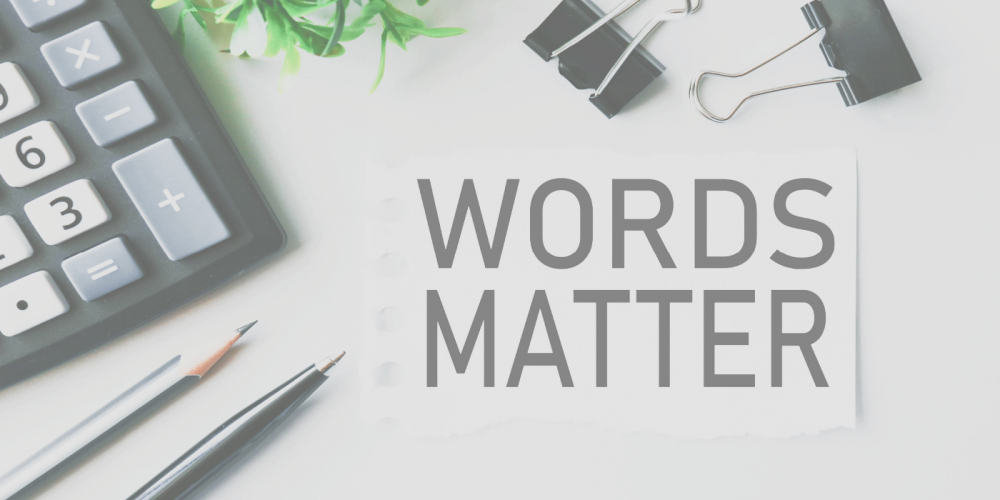Blog
We’ve just completed another round of federal discretionary grant applications, in this case for the Bridge Investment Program (BIP). So far this year, my colleagues and I at EBP have been working hard to support grant applicants of all types across the country.
Tags:
Benefit-Cost Analysis
Grants
Updating and Enhancing the Award Map with New Data and More Programs
Tags:
#benefit-cost analysis
When funds are short, agencies are often challenged to justify decisions about which projects to do and not to do. One way that agencies address this situation is by conducting cost-benefit analysis, which quantifies all of the potential benefits of projects relative to their costs and compares which investments seem to offer the best outcomes for the money. Agencies may use cost-benefit analysis to justify a particular project (showing its benefits are more than its costs) or to rank projects based on which ones offer the most benefits per dollar spent (often regarded as a ‘prioritization’ process). Using economic methods to compare the benefits of projects can be an extremely useful and powerful tool both for decision making and for explaining choices to stakeholders. However, challenges arise when agencies find that there are “intangible” (or difficult to quantify) outcomes which are known to be important.
Increasingly, agencies are interested in understanding the benefits of their investments in terms of the "triple bottom line" or (TBL). TBL is often presented as a new and important type of analysis in transportation and economics. It is important for planners, economists, and others involved in transportation decisions to understand what this means, and how it relates to the current state of the practice in transportation economics.
Tags:


